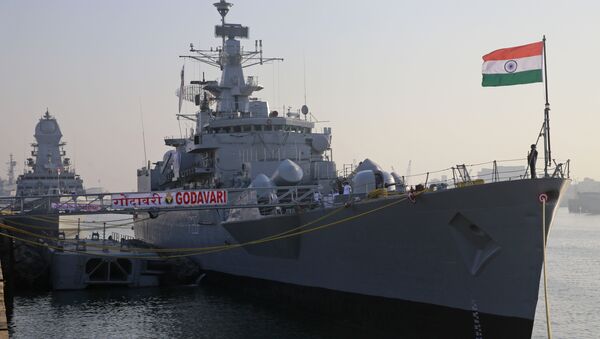India is planning to acquire four more naval versions of the P 8 I (I for India) Boeing reconnaissance craft, a deadly submarine killer that can also launch anti-ship missiles. New Delhi has already received eight such aircraft rechristened as the Indian Navy’s P-8 I. With this the country's P-8 I fleet will be the second largest in the world.
According to Defence Ministry sources, the aircraft would further give teeth to India’s long-range, anti-submarine, reconnaissance, surveillance, and electronic jamming capabilities in the Indian Ocean region.
“Of a total of 12 ordered aircrafts, India has received eight, making the Indian Navy's P-8 fleet the second largest in the world. Another four aircrafts are on-schedule to be delivered in 2020", said an earlier release by Boeing.
The twin engine aircraft with 27,300 pounds of thrust each has a maximum takeoff weight of 85,139 kilograms. It has an optimum speed of 490 knots (789 km/h) with a range of 1,200 nautical miles (2,222 kilometres).
P-8 I is essentially designed for maritime patrol and it can be loaded with Harpoon Block II air launched missiles and lightweight torpedoes. It can also carry 129 sonobuoys to locate submarines and launch deadly submarine attacks and anti-ship missiles.
The plane is an all-weather craft and can even be deployed along the northern mountainous region for surveillance. The Indian armed forces heavily depended on reconnaissance aircraft during its standoff with China in Doklam in 2017 and the latest one in the Galwan Valley in eastern Ladakh.
The standoff in the Galwan Valley on 15 June turned violent, with 20 Indian soldiers including an officer losing their lives. There were also casualties on the Chinese side, though Beijing has not confirmed the numbers.
The India-China border dispute covers the 3,488 km-long Line of Actual Control (LAC), which mainly is a land border in most regions, but in Pangong Tso in eastern Ladakh it passes through a lake. India controls the western portion of the 45-km lake, while the rest is under Chinese control. Most of the clashes between the two countries have taken place in the Galwan Valley.


